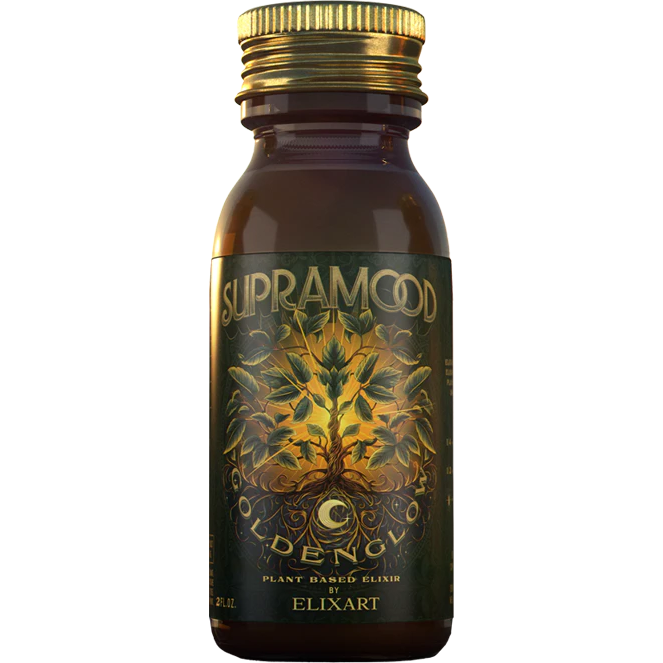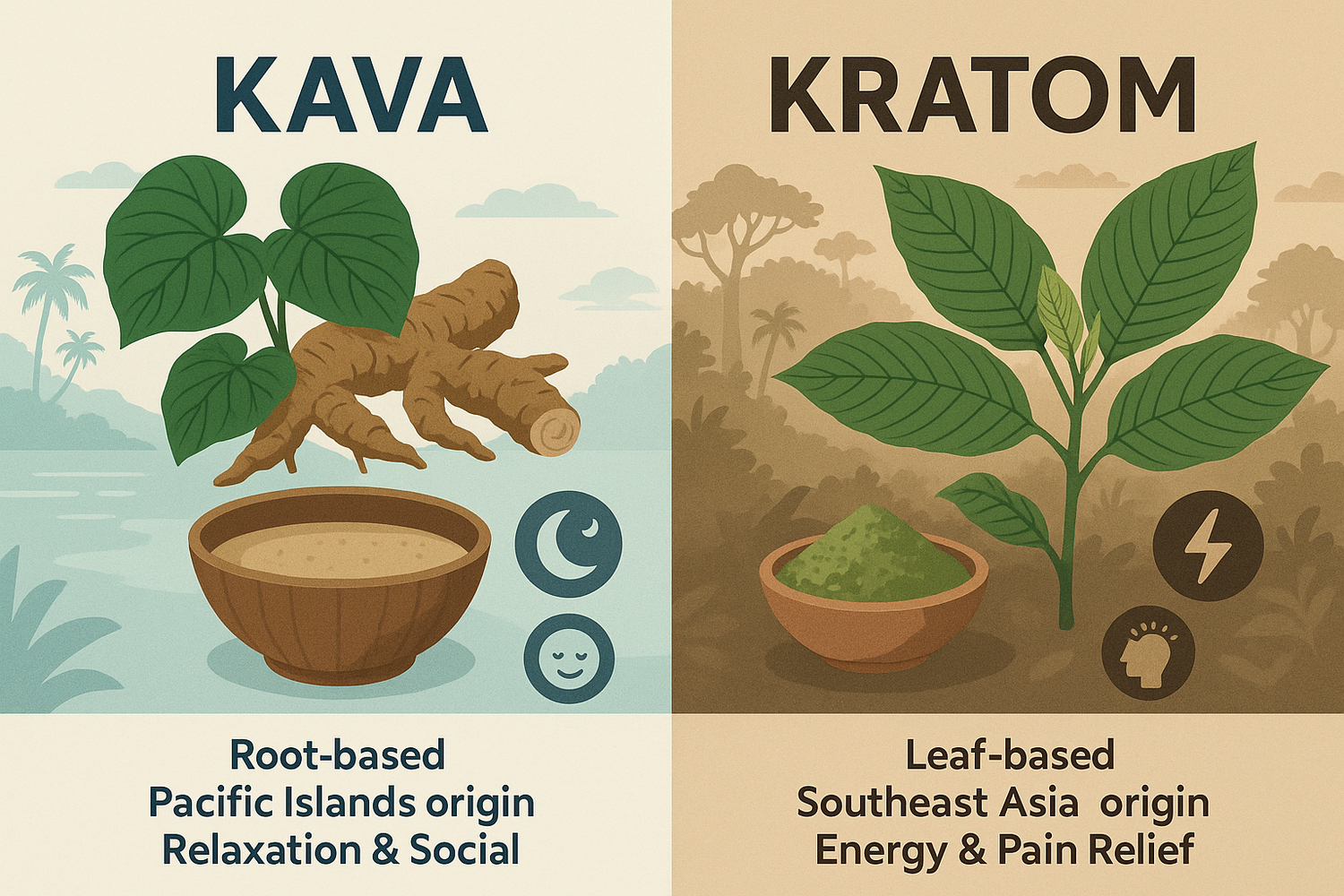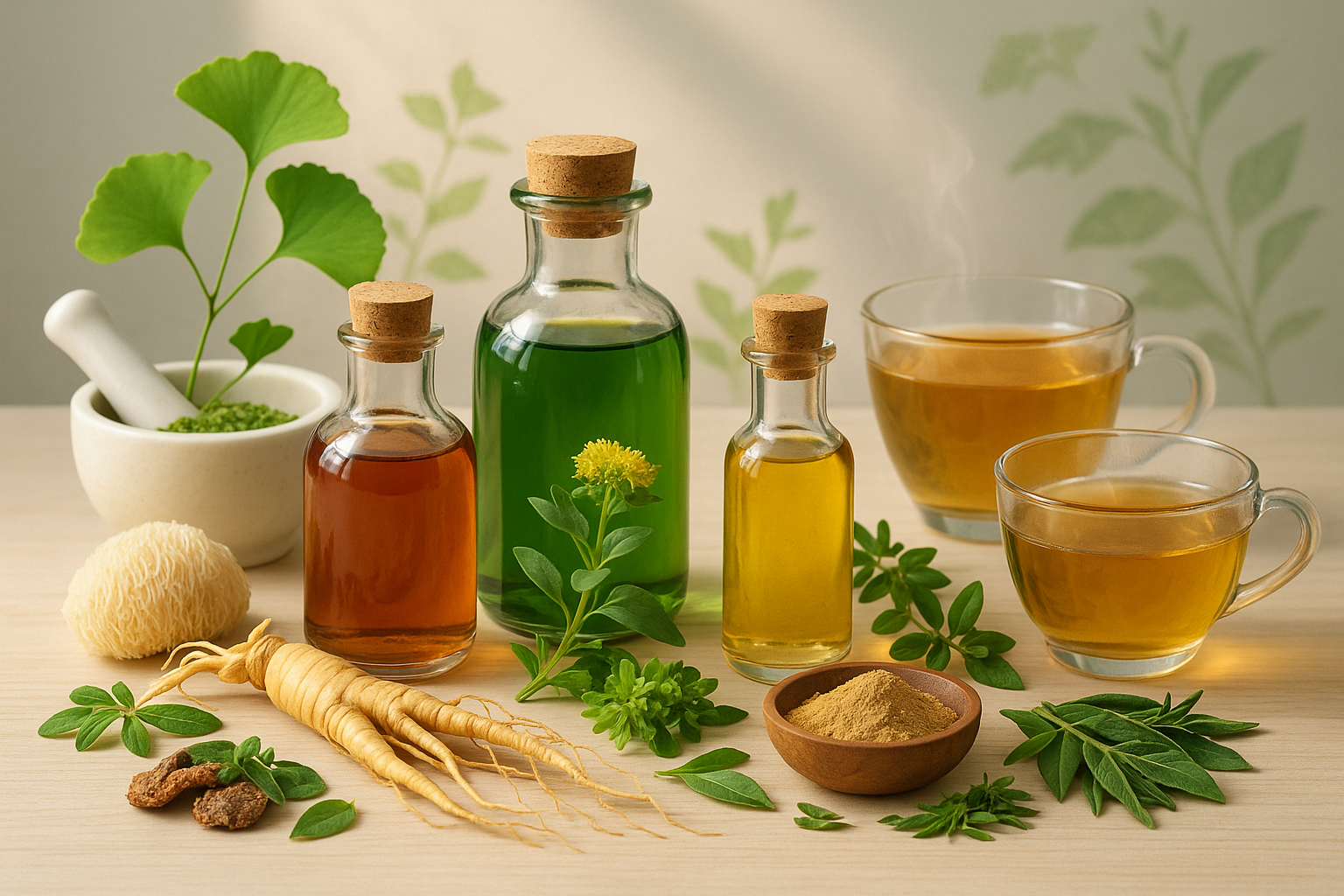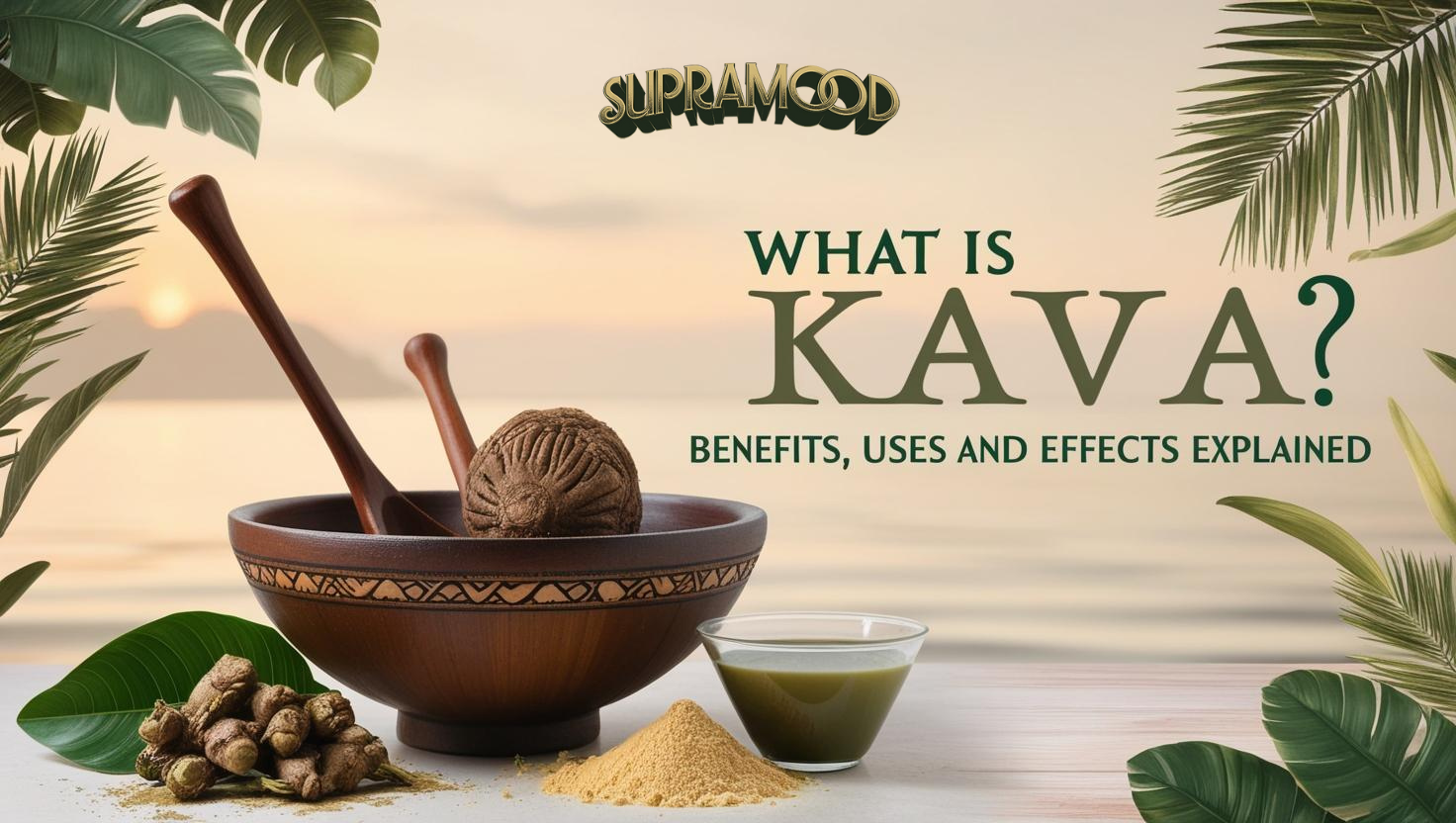Kava and kratom are two plant-based substances that have gained popularity for their psychoactive effects, yet they differ significantly in origin, effects, and safety profiles. Understanding these differences is crucial for making informed decisions about their use.
Origins and Traditional Uses
-
Kava: Sourced from the roots of the Piper methysticum plant native to the South Pacific, kava has been used for centuries in ceremonial and social contexts to promote relaxation and social bonding.
-
Kratom: Derived from the leaves of the Mitragyna speciosa tree indigenous to Southeast Asia, kratom has traditionally been utilized for its stimulating properties, aiding laborers in combating fatigue and managing pain.
Chemical Composition and Effects
-
Kava: Contains kavalactones, which interact with the brain's limbic system to produce calming effects without impairing cognitive function.
-
Kratom: Rich in alkaloids like mitragynine, kratom can act as a stimulant at lower doses, enhancing alertness and energy, while higher doses may have sedative effects.
Consumption Methods
-
Kava: Traditionally consumed as a beverage made from ground kava root mixed with water. In modern contexts, it's available in various forms, including teas, capsules, and ready-to-drink beverages.
-
Kratom: Typically ingested by chewing fresh leaves, brewing dried leaves into tea, or consuming powdered forms. Kratom is also found in capsules, tablets, and liquid extracts.
Safety and Legal Status
-
Kava: Generally considered safe when used responsibly, though excessive consumption has been linked to liver issues. It's legal in many countries but regulated in some due to health concerns.
-
Kratom: Its safety profile is more contentious. Some users report benefits, while others have experienced adverse effects, including dependency and withdrawal symptoms. Kratom's legal status varies widely, with some regions imposing bans or restrictions.
Combining Kava and Kratom
The practice of mixing kava and kratom into a single beverage, often referred to as a "kratom kava drink," has emerged in certain circles. While some users seek to combine the relaxing effects of kava with the stimulating properties of kratom, this combination can be unpredictable and may increase the risk of adverse reactions. Medical experts advise caution, as combining these substances can lead to compounded side effects.
Safer Alternatives
For those interested in the benefits of kava without the complexities associated with kratom, products like Goldenglow Elixir offer a blend of kava and other botanicals designed to promote relaxation and enhance mood. This elixir provides a natural way to unwind without the potential risks linked to kratom consumption.
Conclusion
While both kava and kratom originate from natural sources and have traditional uses, their effects and safety profiles differ markedly. Understanding these distinctions is essential for making informed choices about their use. Opting for kava-based products like Goldenglow Elixir can offer a safer alternative for those seeking natural relaxation.







Leave a comment
All comments are moderated before being published.
This site is protected by hCaptcha and the hCaptcha Privacy Policy and Terms of Service apply.